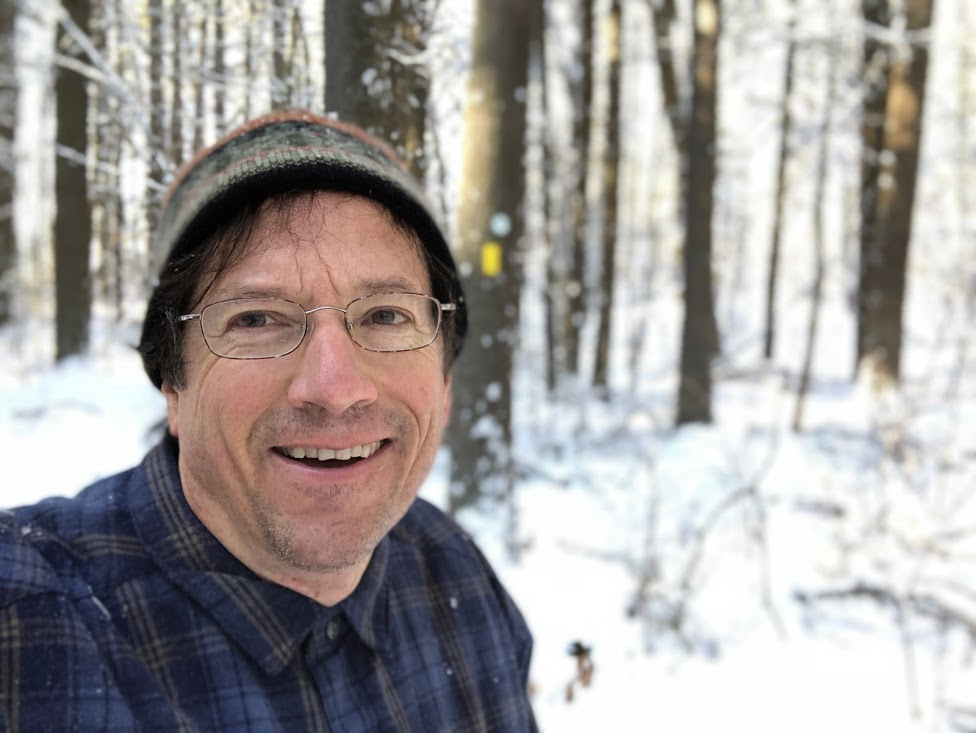
William T. Freeman
Bill Freeman is a Senior Research Scientist at Google, managing a team within Machine Perception doing research in vision and graphics. He is also a faculty member at MIT, in the Electrical Engineering and Computer Science Department, and a member of CSAIL, the Computer Science and Artificial intelligence Laboratory there. He received outstanding paper awards at computer vision or machine learning conferences in 1997, 2006, 2009 and 2012, and test-of-time awards for papers from 1990 and 1995.
Research Areas
Authored Publications
Sort By
Google
MetaCLUE: Towards Comprehensive Visual Metaphors Research
Brendan Driscoll
Zhiwei Jia
Garima Pruthi
Leonidas Guibas
Varun Jampani
CVPR (2023)
Explaining in Style: Training a GAN to explain a classifier in StyleSpace
Yossi Gandelsman
Michal Yarom
Yoav Itzhak Wald
Phillip Isola
Michal Irani
Proc. ICCV 2021
Neural Descent for Visual 3D Human Pose and Shape
Andrei Zanfir
Mihai Zanfir
Proceedings of the IEEE/CVF Conference on Computer Vision and Pattern Recognition (CVPR) (2021), pp. 14484-14493
THUNDR: Transformer-based 3D HUmaN Reconstruction with Markers
Mihai Zanfir
Andrei Zanfir
Proceedings of the IEEE/CVF International Conference on Computer Vision (2021)
Neural Light Transport for Relighting and View Synthesis
Xiuming Zhang
Yun-Ta Tsai
Tiancheng Sun
Tianfan Xue
Philip Davidson
Christoph Rhemann
Paul Debevec
Ravi Ramamoorthi
ACM Transactions on Graphics, 40 (2021)
AutoFlow: Learning a Better Training Set for Optical Flow
Daniel Vlasic
Charles Herrmann
Varun Jampani
Michael Krainin
Huiwen Chang
Ramin Zabih
Ce Liu
(2021)
SLIDE: Single Image 3D Photography with Soft Layering and Depth-aware Inpainting
Varun Jampani*
Huiwen Chang*
Kyle Gregory Sargent
Abhishek Kar
Mike Krainin
Dominik Philemon Kaeser
Ce Liu
ICCV 2021 (2021)
Layered Neural Rendering for Retiming People in Video
Erika Lu
Weidi Xie
Andrew Zisserman
ACM Transactions on Graphics (Proc. SIGGRAPH Asia) (2020)
